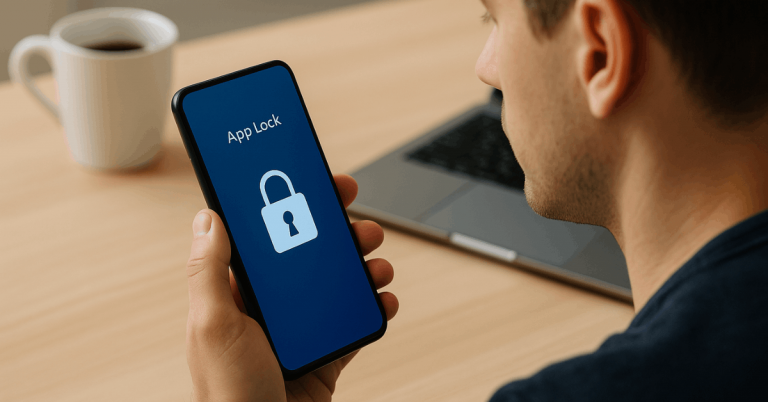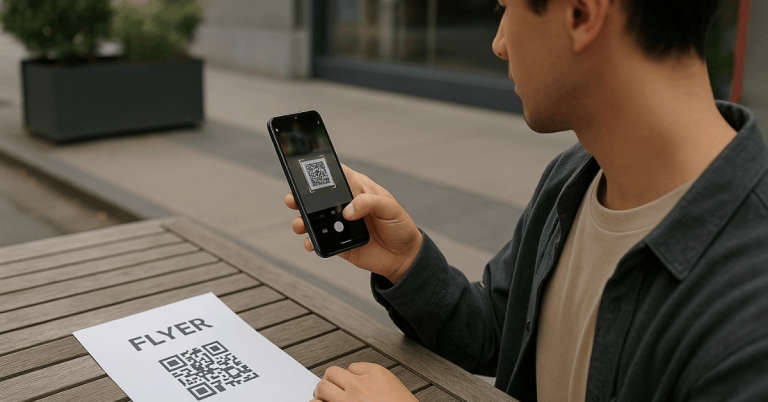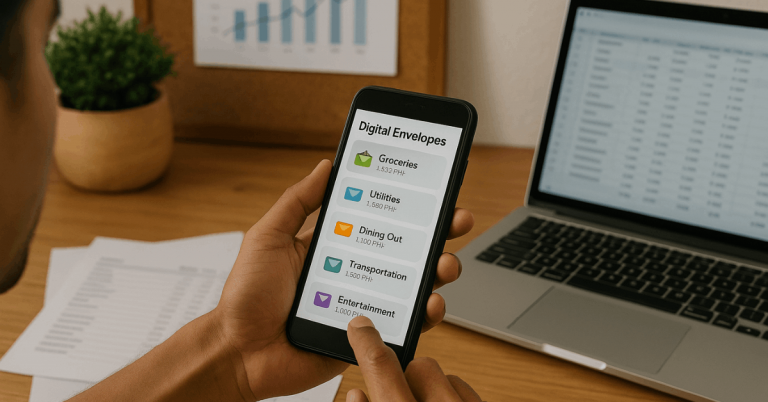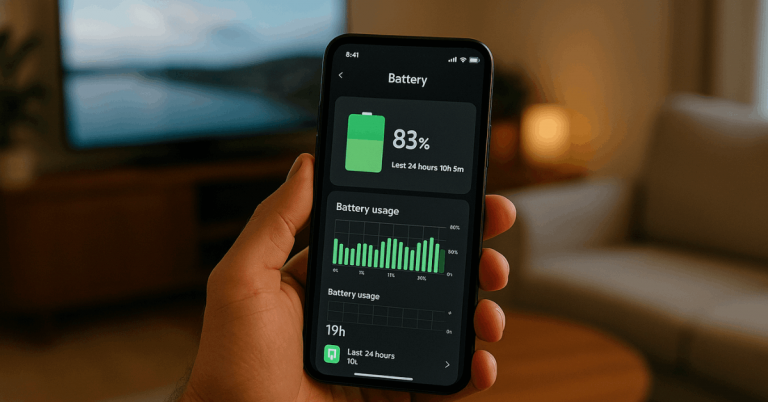Constant pings steal attention, drain battery, and erode trust when unmanaged. Smart settings and disciplined habits manage notifications so alerts stay helpful instead of noisy.
Treat notifications as a system to tune, opt-ins, timing, personalization, and consent, rather than one-off pop-ups. Clear rules and periodic audits keep focus high while preserving timely updates.
Why Managing Notifications Matters
Attention is finite, and alerts compete across phones, laptops, watches, and desktops. Unchecked streams trigger context switching, which slows task completion and increases stress.

Strong notification hygiene preserves deep work while keeping important updates visible. The goal is practical control, not silence.
Build a Foundation: Audit and Prioritize
Start by mapping where alerts originate:
- OS-level,
- app-level,
- email,
- messaging,
- calendar, and
- collaboration tools.
Separate critical signals, security, payments, deliveries, calendar, from routine marketing or social chatter.
Disable entire categories that never require action; downgrade others to silent delivery or badges only. Keep the lock screen for time-sensitive or safety-critical items, and push everything else to a review window.
Optimize Opt-In and Permission Prompts
A thoughtful permission flow boosts acceptance and reduces instant rejections. People grant access when value is obvious, timing is sensible, and control remains visible.
Treat permission as a clear ask with an immediate benefit rather than a default step. Align the request to a meaningful in-app milestone that proves utility.
Time the Prompt After a Clear Value Moment
Trigger the permission request after completing onboarding, saving a preference, or trying a feature that benefits from alerts.
Apple explicitly requires permission before sending notifications, so design a pre-permission screen that explains benefits and choices, then invoke the system prompt.
State Benefits and Choices in Plain Language
Offer concise outcomes, delivery updates, outage alerts, or price drops, plus simple frequency controls. Avoid dark patterns or vague claims.
Let Readers Choose Categories Up Front
Expose toggles for offers, reminders, and alerts during setup. Present a “skip for now” route without penalty to preserve freely given consent under GDPR.
Personalize and Contextualize Alerts
Generic blasts create fatigue; tailored messages lift engagement and reduce opt-outs. Use on-device preferences and recent actions to keep messages relevant while respecting privacy expectations.
- Use behavior and recent activity: Anchor alerts to what was viewed, saved, or abandoned. Confirm the benefit explicitly, “price dropped on saved item”, rather than promotional filler.
- Add context such as time and location: Align reminders to local time windows and relevant places, like store proximity for pickup readiness. Keep location use transparent and minimal; provide easy opt-outs.
- Avoid brittle tokens and fake personalization: Gracefully handle missing names or fields. Broken placeholders erode trust immediately.
Time and Frequency Like a Pro
Delivery during natural engagement windows beats send-all scheduling. Apps often see distinct peaks, morning for wellness, mealtimes for food, evenings for entertainment, so align delivery to observed patterns rather than assumptions.
Android devices also apply power-saving modes (Doze and App Standby) that can defer background work, so treat timing as a range, not a point. High-priority FCM messages help time-sensitive delivery, but the system may still throttle under idle constraints.
Curb overload with frequency capping and user-visible schedules; excessive bursts trigger muting or uninstalls. Provide a per-category cadence (e.g., “Promos: weekly, Alerts: immediate”) and honor it consistently.
Segment for Relevance
Segment audiences by behavior (new, active, lapsing), lifecycle stage, and intent signals such as carts, wishlists, or recently used features.
Blend demographic or language preferences where appropriate to avoid mismatched content. Micro-segments like “new + city + last 24 hours” enable high-signal nudges without blanketing everyone.
Make Messages Useful, Not Just Loud
Clear subjects, specific benefits, and a single action outperform hype. Keep copy short but meaningful, avoid redundant punctuation, and lead with the value.
Rich media can improve scannability, thumbnails, small previews, or concise progress indicators, so long as visuals load fast and don’t distract from the call to action.
Add Interactivity to Reduce Friction
Quick actions such as “Confirm,” “Save,” or “Snooze 1 hour” let readers complete tasks from the notification shade.
Deep links should land on the exact in-app screen, not a generic home. Simple reactions ( / ) collect intent without a heavy survey.
Automate Event- and Transaction-Based Alerts
Event triggers, abandoned carts, failed payments, completed levels, shipped orders, deliver timely value without manual scheduling.
Transactional notifications deserve a “reliability first” mindset; acknowledge payments, refunds, deliveries, or security changes quickly to build trust.
Follow a confirmation with optional, clearly labeled recommendations instead of surprise promos.
Use Location Responsibly
Geofencing near stores, venues, or transit hubs can provide just-in-time guidance or offers.
Pair zones with time windows, like lunchtime at a food court, to avoid irrelevant timing. Minimize battery cost and respect OS background limits; communicate how location improves the experience and offer simple opt-outs.
Test, Measure, and Iterate
Treat messaging as an experiment pipeline rather than a fixed schedule. Run A/B tests on headline, tone, send window, deep link target, and interactivity.
Monitor opens, click-throughs, conversions, uninstalls, and opt-outs, and search for pattern consistency rather than one-off spikes. Benchmark thoughtfully; industry averages vary significantly by category and platform.
Public datasets show wide spreads, for example, OneSignal’s 2024 benchmarks list markedly different opt-in rates across business, finance, and gaming apps, so compare apples to apples.
Respect Consent and Privacy Law
Consent must be freely given, specific, informed, and unambiguous under the GDPR. Offer clear purposes, granular categories, and effortless withdrawal; avoid bundling consent with unrelated terms or making denial punitive. Controllers must be able to demonstrate consent when asked.
Californians retain rights to know, delete, correct, limit sensitive data, and opt out of sale or sharing, including via user-enabled global privacy controls recognized under the CCPA/CPRA. Maintain a visible privacy page, honor signals consistently, and prevent “dark pattern” consent flows.
Security and reliability matter too. Power-saving features on Android (Doze and App Standby) can affect background delivery, so plan redundancy for critical communications and use appropriate priority levels.
Orchestrate Cross-Channel Messaging
Coordinate notifications with in-app messaging, email, and SMS so each channel reinforces, not duplicates.
A notification can nudge, an in-app message can explain, and an email can provide detail or a receipt.
Keep the CTA consistent across surfaces and align landing content with the promise. Well-designed cross-channel messaging improves completion without raising volume.
Build Feedback Loops
Embed quick reactions or one-tap satisfaction prompts to capture sentiment without interrupting. Follow up with calibrated changes, tone, send window, or frequency, when dissatisfaction rises.
Provide an easy route to mute categories rather than uninstalling, and surface “Snooze” affordances that pause non-critical streams during travel or deep work.

Use Social Proof and Scarcity Carefully
Ratings snippets, “popular in your area,” and transparent countdowns can motivate action when authentic and sparingly applied.
Rotate sources of proof, star ratings, brief quotes, verified counts, to avoid fatigue. Never fabricate reviews or inflate numbers; trust is fragile and hard to rebuild.
Handle Platform Realities
Design for platform differences and power policies. Android’s Doze and app standby buckets throttle background activity; plan acceptable windows rather than exact seconds for delivery and use high priority judiciously for user-visible notifications.
Apple’s permission model requires explicit approval before sending; invest in a clear pre-permission explainer and thoughtful timing.
Maintain Digital Well-Being
Healthy defaults reduce stress for everyone. Keep promotional streams silent by default, surface important items on lock screen, and push all other updates into a daily digest.
Offer weekend or bedtime quiet modes and show next review time to reassure readers nothing critical will be lost. Encourage use of digital well-being settings built into iOS and Android to batch low-priority alerts.
Conclusion
Effective notification management protects attention while preserving timely, trusted updates.
Treat alerts as a living system: obtain clear consent, segment for relevance, schedule within realistic windows, and give readers visible control at every step.
Iterate using data and sentiment, and keep privacy obligations front and center. Sustainable habits keep signal high, noise low, and trust intact.











